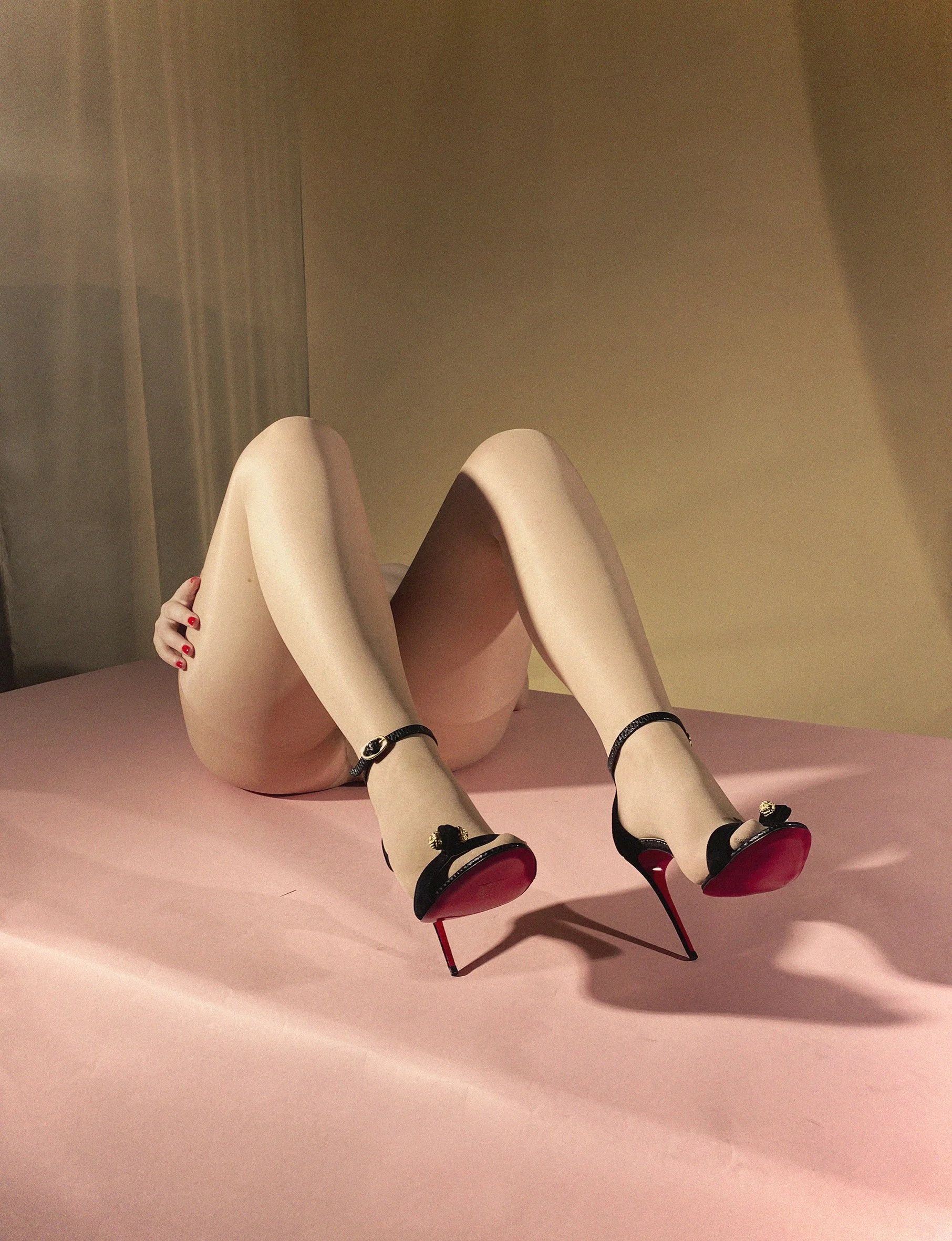Exhibition Review: A través
Courtesy of James Cohan
Written by April-rose Desalegn
Edited by Hillary Mitchell & Emily Capone
A través, a Spanish word translating to ‘across’ in English, is an epic mediation of the subconscious through art during periods of transition that are equally romantic as they are disorienting. Boasting a large and eclectic ensemble of artists, the group exhibition includes the work of video artists such as Bill Viola and Tuan Andrew Nguyen, and photographer Paul Mpagi Sepuya.
Viola’s life work focuses on central human experiences such as consciousness, death, and spirituality. A través also displays a new project by Tuan Andrew Nguyen, exploring political resistance through memory, alongside the musings of American photographer Paul Mpagi Sepuya observing the complex relationship between the nude subject and the studio.
PAUL MPAGI SEPUYA
Darkroom Mirror (_2160168), 2018
Archival pigment print
33 x 25 x 2 in. (83.82 x 63.5 x 5.08 cm)
Courtesy of the artist and Vielmetter, Los Angeles
Each work displays a conversion, an individual crossing over into the unknown. The anxiety of a boundless psychical space is observed through various mediums, and the exhibition graciously - and at times, shockingly - reminds viewers that change is an inevitable human experience. On the ephemeral odyssey between birth and death, the individual experiences in-between states of ambiguity and unknowing.
In his youth Viola nearly drowned in a lake, describing the experience in The Eye of the Heart as ‘peaceful’ and that he witnessed ‘a beautiful world’, leading to a lifelong interest in physical transcendence. Bill Viola explores crossing over the threshold of life and death again in Small Saints (2008). The viewer is presented with six black panels, on each a small human figure materializes from the darkness to loom forward and pass through a wall of water and light, crossing the intersection into material life. The figure then returns to the blackness; a transient being foregoing its earthly existence. Notably, as the viewer will not witness the first crossing, it is unclear which transition comes first; birth or death? This feature gracefully disrupts notions of chronology we typically encounter in conversations around death, provoking divine sentiments of primordial beings, the afterlife, and reincarnation. The cycle of the titular little saints, becoming and unbecoming, repeats itself to no end. A part of Viola’s Transfiguration series, the work debuted in 2007 at the 52nd Venice Biennale.
© TUAN ANDREW NGUYEN, Spirit of Bidong, 2020
pigment print on Hahnemuhle paper
48 x 32 in.
121.9 x 81.3 cm
In a work from the Darkroom Mirror series, (2007-2018), Paul Mpagi Sepuya examines the construction of an artificial reality through the medium of photography. Sepuya intimately questions his personal acts of taking photographs, and the camera’s physical elements such as the mirror and lens in concealment and refraction of the authentic world. Positioning himself in front of a mirror in his studio, Sepuya snaps a portrait of his naked torso, the camera masking his face. A black curtain cuts through the top right corner of the image, contrasting the stark white background, and a nude subject reaches into the frame from the left, appearing to cradle the back of Sepuya’s head. The viewer’s depth perception becomes confused as the subject’s hand may instead be behind the curtain - masterfully creating ambiguity as the viewer may not be able to trust their naked eye.
Courtesy of James Cohan
Tuan Andrew Nguyen offers a dream-like dystopian future in his work The Spirit of Bidong, and imagines the last living man on earth in a jungle landscape of crumbling ruins. The work was created in conjunction with Ngyuen’s video project The Island, shot on a tiny coastal island off Malaysia called Pulau Bidong, which, despite reasonable anonymity, was the largest, longest-running refugee camp following the Vietnam war. During this time of cultural upheaval, Nguyen and his family lived on the island from 1978-1991, among 250 000 others. This unique historical setting provides a compelling backdrop for Nguyen’s explored themes of loneliness, displacement and societal destruction. In the image, a lone figure faces out to the endless ocean, wearing a bold, but delicately woven sculptural headdress. Made from found materials washed ashore and on the island, the last man on earth sources spiritual strength from his corporeal objects. The deep blue of the sky suggests it is either early morning or dusk- removing certainty of time and placing the figure in an uneasy, liminal future.
The James Cohan gallery will present A través, an eclectic group exhibition of mixed media works by 15 artists from across the globe, each exploring a moment of transition and flux. Each work offers a universal glimpse into life of endless undulations, shifts and evolutions – and though diverging in subject matter - captures life’s essential cosmic fluidity that brings with it a mortal anxiety towards the new.
The A través exhibition will run from January 14th to February 19th 2022 at James Cohan.











